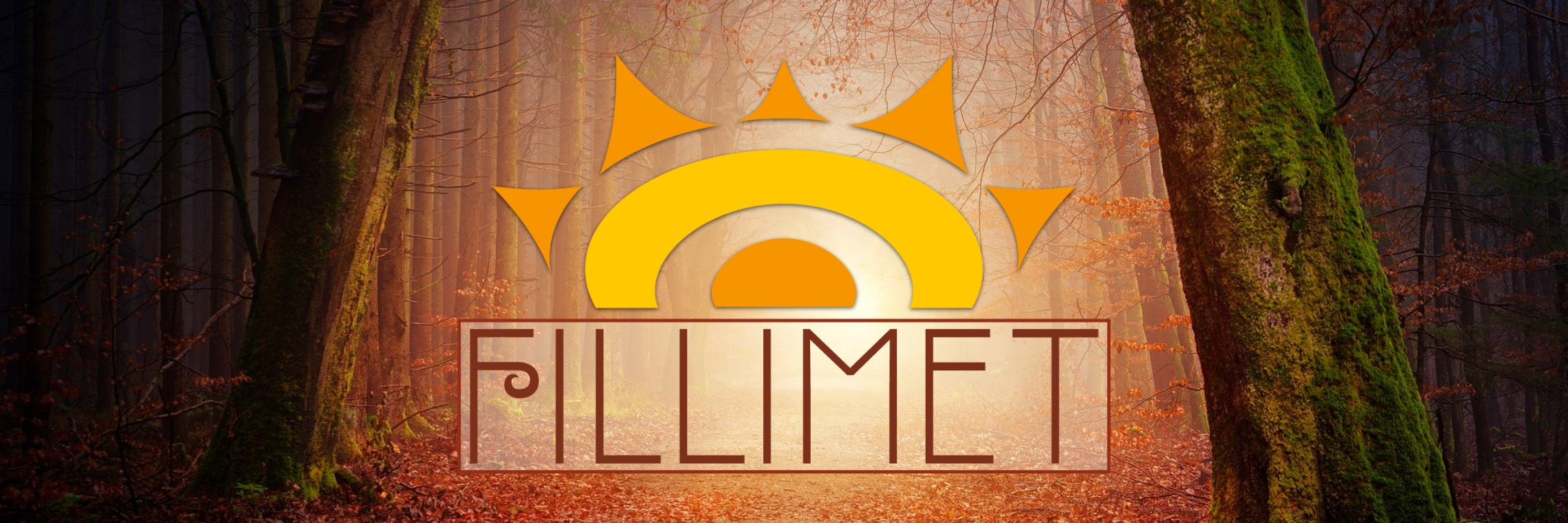desert algae
Elyria is the Jewel of the Desert, and her foundation is built upon the industrious survival of the desert algae.Despite the common name of "desert algae," M. elyriana is not algae at all but rather a strain of cyanobacteria well-adapted to the arid environments of the Elyrian Desert. Best known for its biomicrokinetically-engineered strain, M. elyriana buildus, desert algae is used as an additive in both food and construction.
Basic Information
Dietary Needs and Habits
Desert algae requires water, sunlight, and carbon dioxide to multiply and thrive. Impressively, the cyanobacteria has adapted well to the lower water contents in the desert and will slow reproduction and eventually enter a state of hibernation if water is unavailable. Dehydrated M. elyriana can be reconstituted at a reliable rate by simply dampening the powdered bacteria with water. For this reason the biomicrokinetically engineered strains used in living stone are dried and stored in powdered form until needed to create the bricks.
Wild strains of the desert algae can be found throughout the Elyrian Desert, especially in the northeast due to the Pialla Oasis. Caravans and traveling merchants are accustomed to discovering large stretches of desert covered in a thin mineralized layer of dried M. elyriana. The Elyrian Empire recommends travelers avoid disturbing these deposits, when possible, as even in a dehydrated state the cyanobacteria remains an integral member of the desert ecosystem, providing for for desert creatures while protecting any traces of water deeper in the sand from evaporation.
Additional Information
Uses, Products & Exploitation
M. elyriana is most commonly known for its use in the formation of living stone although this application relies upon M. elyriana buildus, a strain biomicrokinetically-engineered to promote extra biomineralization.The cyanobacteria is added to moist sand-packed molds and allowed to sit in the sun, with fresh water added at frequently intervals to prevent drying. As the desert algae grows and multiplies or also excretes calcium carbonates, which reinforce the structure of the bricks by binding to the sand. With proper care a building constructed from living stone will repair itself, provided sand is provided and molded as needed. The M. elyriana will also continue to convert carbon dioxide to oxygen, an important contribution in the fairly sparse Elyrian Desert.
Wild desert algae is also a nutrient dense food, providing high concentrations of many different vitamins. In powdered form it serves as a popular additive to many of the drinks produced in Elyria, and the caravans accustomed to traversing the Elyrian Desert augment their diet with M. elyriana pellets, allowing them to pack less food and therefore more water.
Geographic Origin and Distribution
While cyanobacteria is common throughout Fillimet this particular strain is only found on the continent of Lokira within the Elyrian Desert. The Elyrian Empire remains particularly invested in their exclusive use of living stone and so export of M. elyriana or any products using the desert algae is prohibited.
Scientific Name
Microskali elyriana
Conservation Status
Least Concern
Body Tint, Colouring and Marking
Desert algae appears green in color, ranging from light to dark green depending upon the concentration of algae and the amount of water present. They also impart this coloration to their living stone during the initial growth period while they reinforce the sand base, although the bricks eventually fade to a whitish tan once enough biomineralization has occurred.
Geographic Distribution
Related Materials





Comments